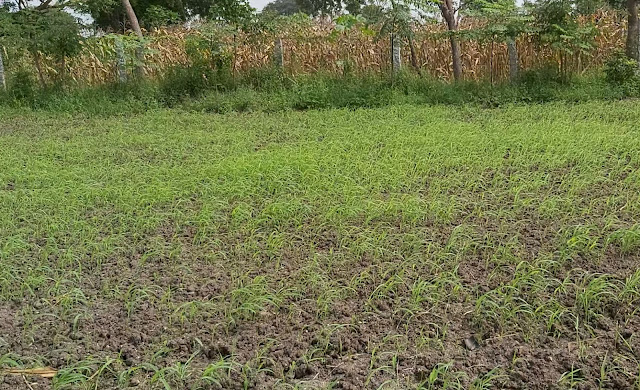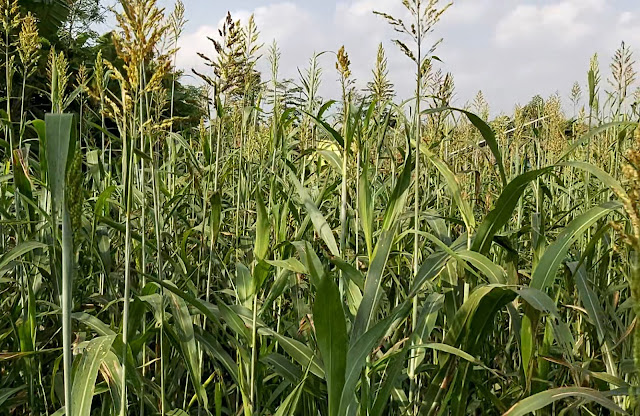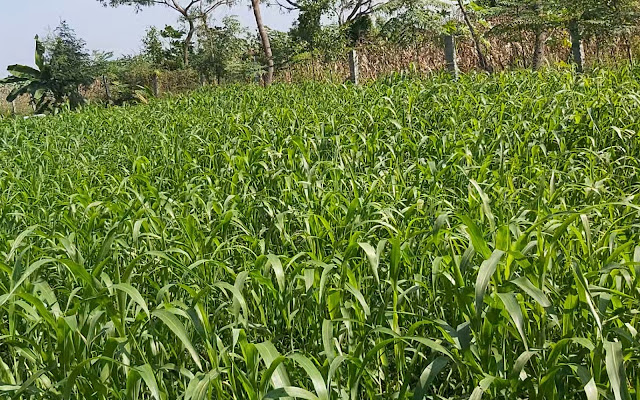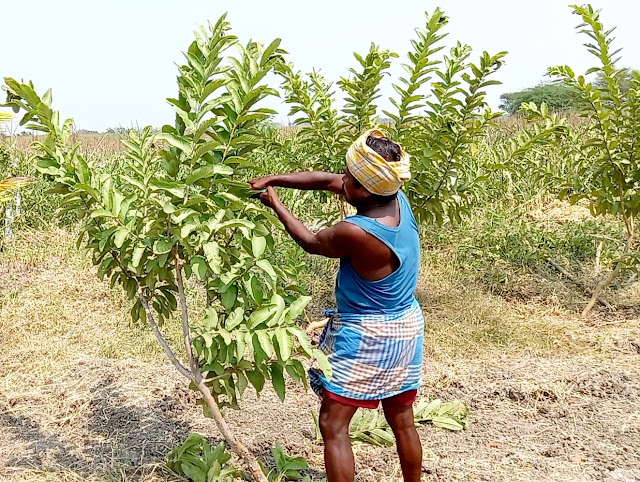Maize - Method and time of sowing

Maize requires very fertile , well drained loamy soils having pH range of 5.5 to 8.0 . The crop grows best on alluvial or red soils but can also by grown on well drained black soils . It does not thrive well on heavy soils , saline and alkali soils. After preparing a fine seed bed the crop must be sown in lines ( 20-30 cm apart ) by using seed drill or maize planter or by kera on para method . Sowing time varies from place to place . Maize has bold seed size . It requires 50-60 kg seeds depending upon size. Seed should be sown in lines spaced at 30 cm . For summer sowing in irrigated areas, last week of February to last week of March-April is the appropriate time. Rainy season crop is sown with the beginning of rains in June-July . Rabi crop is sown in October-November particularly in eastern and southern parts of the country. In hills sowing is taken up in May .








